A 22 LR cartridge with a muzzle velocity between 1,200 and 1,310 fps is typically considered “high velocity.”
What Is High Velocity 22 LR?
When we say a cartridge is “high velocity,” we mean that its muzzle velocity is high relative to other examples of the same ammunition. For example, a high velocity 22 LR cartridge delivers muzzle velocity around 1,250 feet per second. A standard velocity 223 Rem cartridge has a muzzle velocity about two and a half times greater than that!
It’s also important to consider that a cartridge’s muzzle velocity does not determine its application. A high velocity 22 LR cartridge may be designed for plinking, self-defense or hunting. You can determine a 22 LR cartridge’s intended application based on its bullet type as well as its manufacturer’s marketing materials, including their packaging and website.
That said, 22 LR cartridges can be placed into four different categories depending on their respective muzzle velocities.
| Category | Muzzle Velocity (fps) |
|---|---|
| Subsonic | <1,100 |
| Standard Velocity | 1,120–1,135 |
| High Velocity | 1,200–1,310 |
| Hyper Velocity | >1,400 |
Three Picks – High Velocity 22LR Ammo

If you’re looking for high velocity loads, we have a few recommendations we can offer. Any of these three are classified as “high velocity” and should give you what your rimfire guns crave.
1.) Remington Game Loads – 36 grain, hollow point 22LR Ammo
2.) Browning Performance Rimfire – 40 grain, hollow point 22LR Ammo
3.) Federal American Eagle – 40 grain, lead round nose 22LR Ammo
4.) CCI Velocitor – 40 grain, copper plated hollow point 22LR Ammo
What Is a 22 LR’s Muzzle Velocity?
A cartridge’s muzzle velocity describes how fast its bullet will travel the instant it exits the barrel of the firearm. We measure this in feet per second (fps). In practice, even cartridges from the same box of ammunition will exhibit varying muzzle velocities. Many environmental factors including temperature, air pressure, elevation and humidity will affect the ballistic performance of ammo as well.
Ammo manufacturers report their products’ muzzle velocities to help inform their customers. They cannot guarantee that each round will exhibit an identical muzzle velocity, but their ballistic data do give an accurate overview of their ammo’s overall performance.
Importantly, when a manufacturer records their 22 LR ammo’s muzzle velocity, they nearly always do so with a rifle-length test barrel. As a general rule a longer barrel delivers a higher muzzle velocity. The longer barrel provides more time for exploding powder to propel the bullet. A handgun-length barrel will accordingly deliver a lower muzzle velocity. This is why 22 LR ammo fired from a pistol will achieve a lower muzzle velocity than its manufacturer claims.
Why Does High Velocity 22LR Ammo Matter?
A high velocity cartridge provides two benefits: its bullet exhibits a flatter trajectory, and it hits its target harder than a lower velocity cartridge’s bullet could manage (assuming both rounds possess identical bullet weights).
When a bullet’s velocity is higher, it travels a greater distance over a given period of time. Because gravity is constant, and pulls all bullets down to earth at the same exact rate, a faster-moving bullet simply gives gravity less time to affect it. As the result its trajectory – i.e. the path it takes toward its target – is flatter. As a general rule, it’s easier to aim a firearm when its ammo’s trajectory is flatter. However, a flatter trajectory doesn’t necessarily make a bullet objectively more accurate – and we’ll get to why in a moment.
In the simplest terms, a high velocity 22 LR cartridge deals more damage to its target. This is because the amount of kinetic energy a bullet can transfer to its target depends on exactly two factors: its weight, and the rate at which it is traveling at the moment of impact.
It is important to note that bullet weights available in 22 LR ammo vary considerably. A fast-moving 30 grain bullet may theoretically hit its target with less energy than a slow-moving 50 grain bullet. Still, it is reasonable to assume a high velocity round will do more greater harm to its target during impact and subsequent penetration.
What Is the Point of Subsonic 22 LR Ammo?
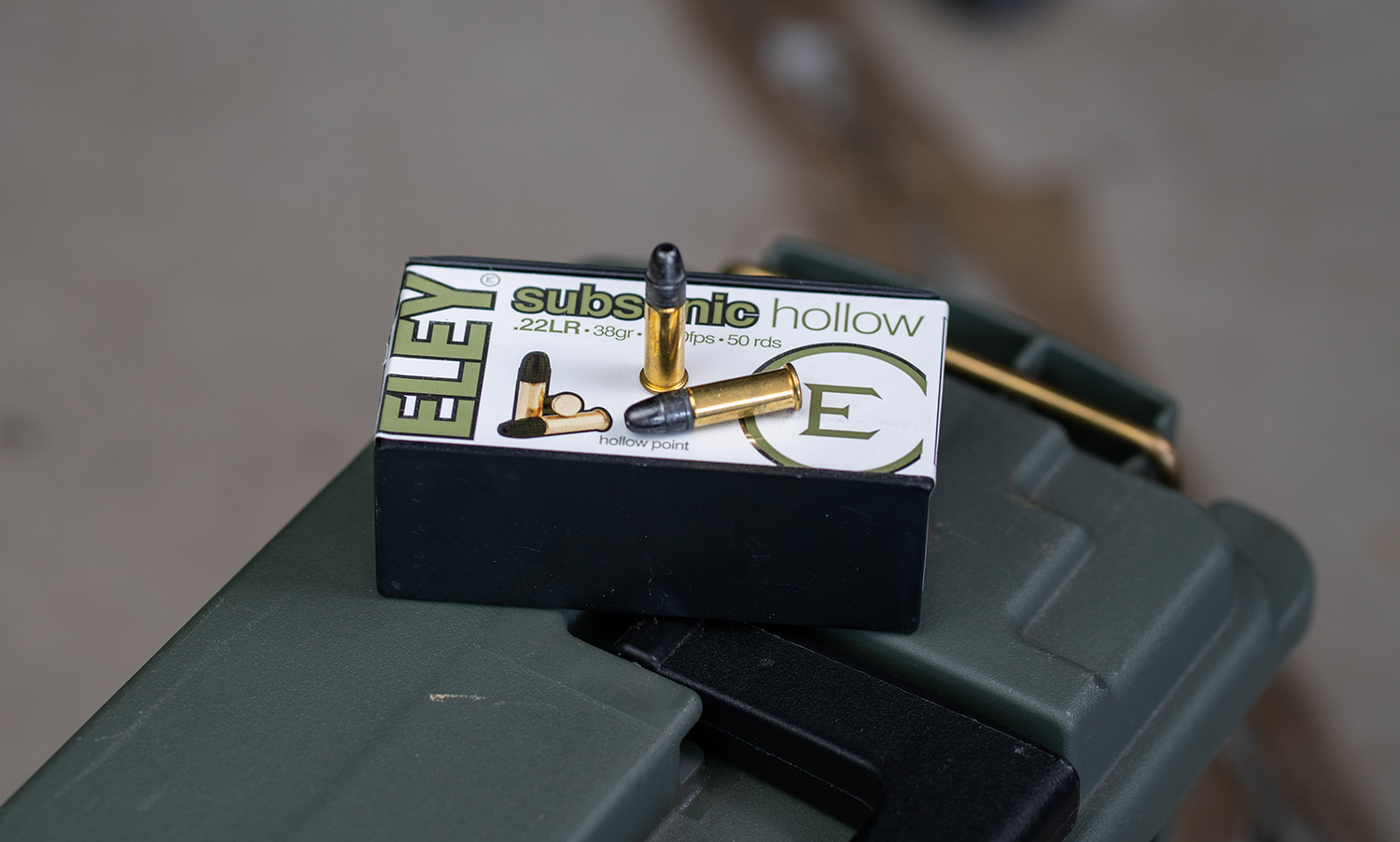
We have already praised the benefits of high velocity 22 LR. So why would anyone want a lower velocity alternative?
For starters, while a high velocity 22 LR round’s bullet does deliver the flatter trajectory that many shooters find easier to aim, a subsonic round is still technically more accurate. This is because its bullet exhibits less wind deflection resulting from the disproportionate increase of air resistance around the sound barrier. In much simpler terms, a bullet which does not travel faster than the speed of sound (~1,125 fps) will not wobble as much in flight.
By definition, a subsonic round cannot break the sound barrier. As the result its report is quieter. It does not issue a loud crack during ignition (essentially a sonic boom, just like a jet makes when it accelerates faster than 767 mph). Furthermore, the reduced amount of energy a subsonic bullet can transfer to its target is not all that significant. A subsonic round’s bullet may only transfer 70 percent as much energy to its target as a standard velocity round’s bullet could have. Of course, that doesn’t matter when you’re shooting inanimate objects. For hunters, very little kinetic energy is required to kill varmints and other small game anyway.
Experimenting with different types of ammunition will give you full sense of the range of performance the 22 LR can offer. But if you want to try subsonic 22 LR in a semi-automatic, take care that the weaker cartridges may fail to fully cycle the firearm. Many semi-auto 22 LR rifles and handguns require higher velocity ammo to function correctly!

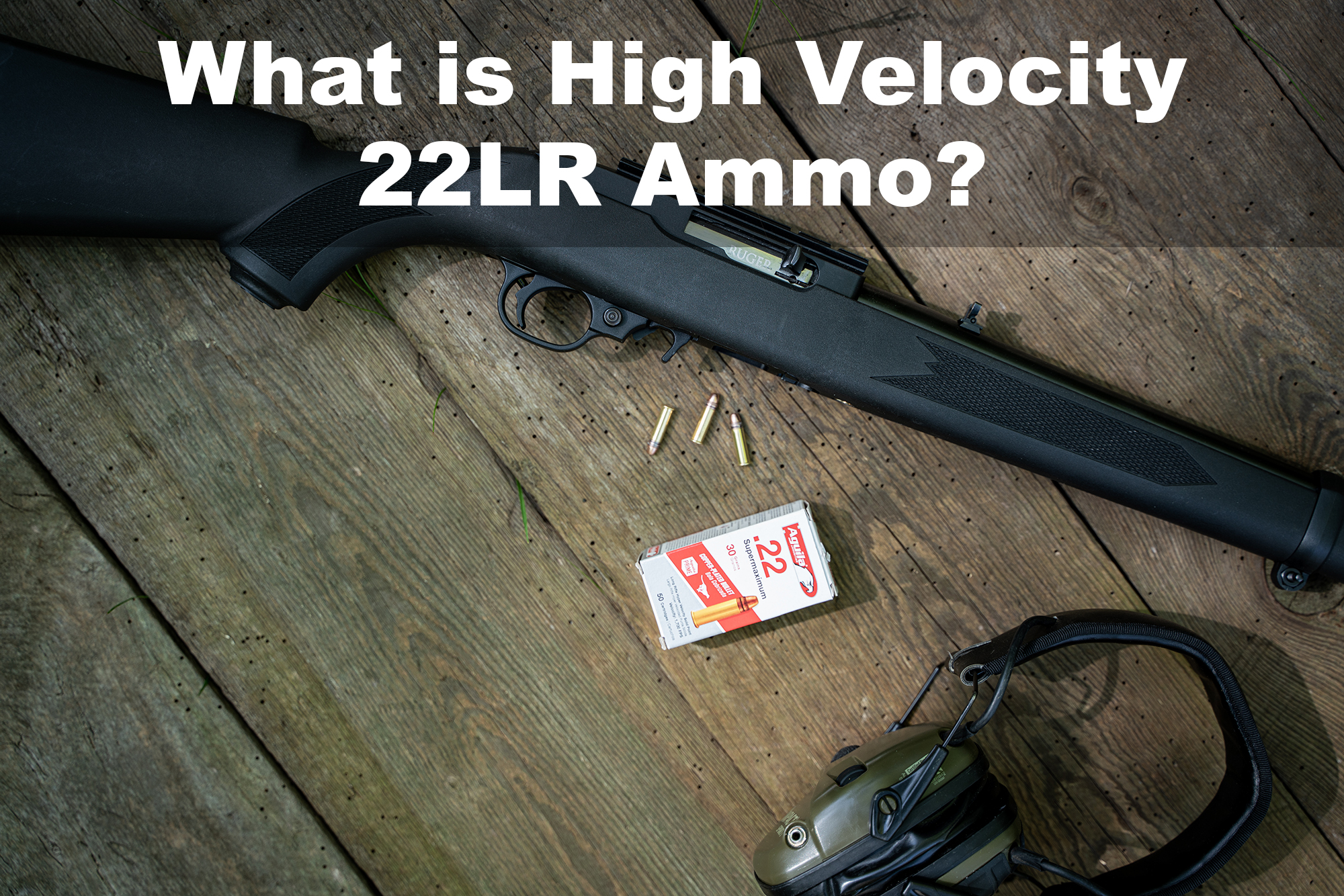
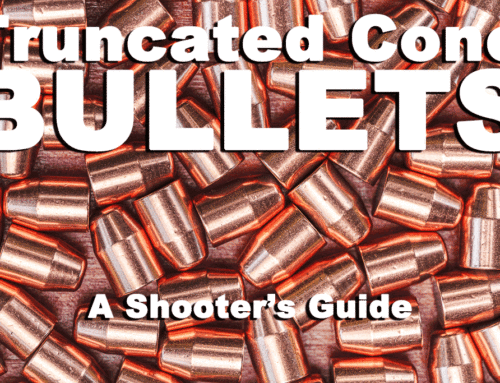
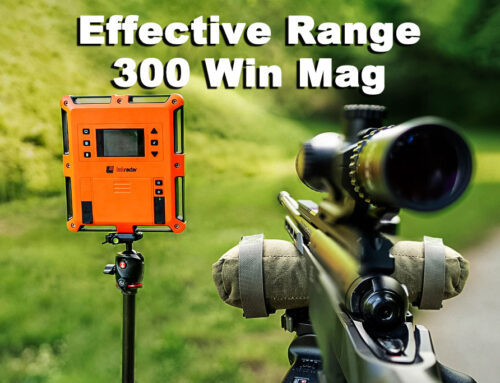
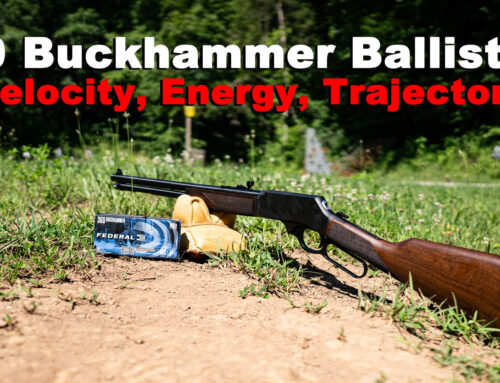
Leave A Comment